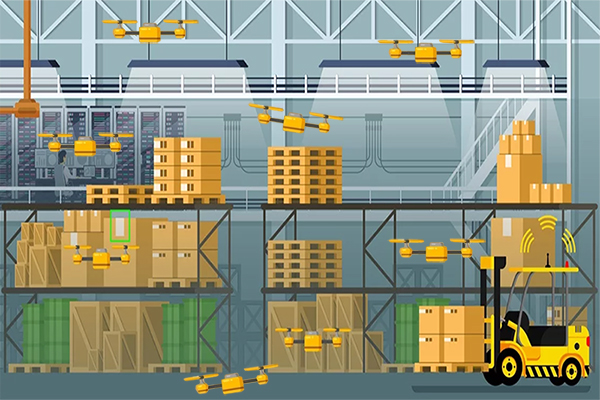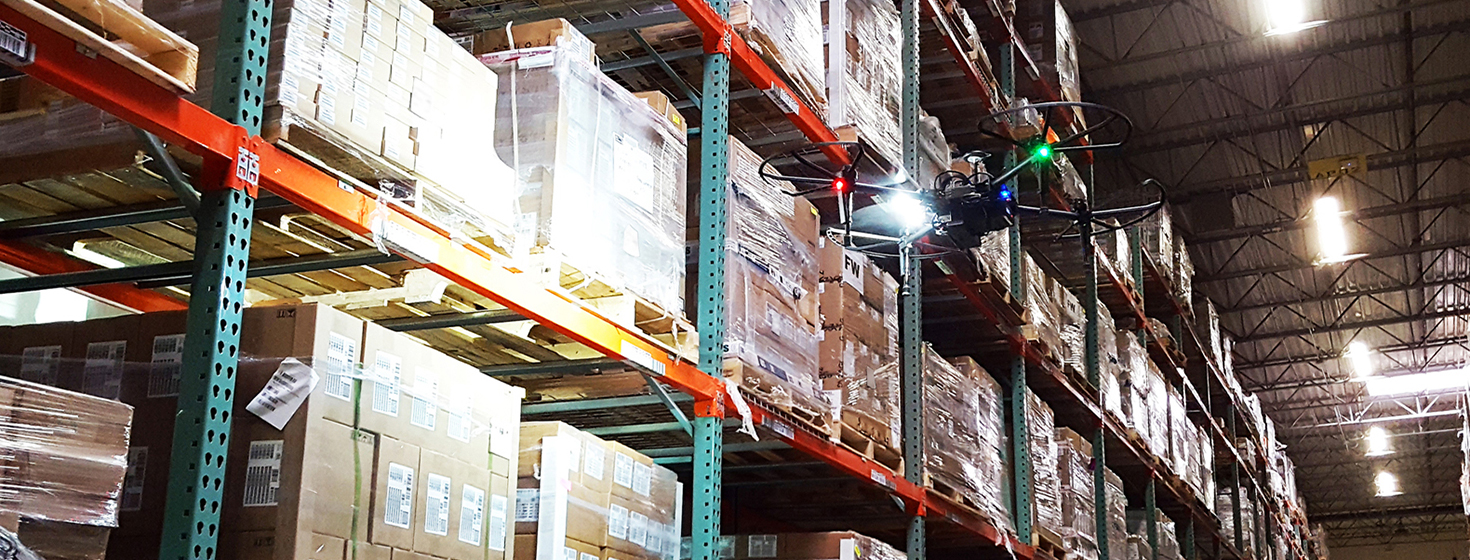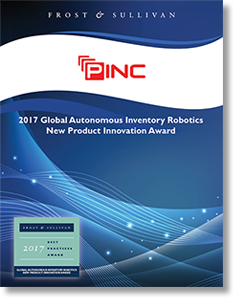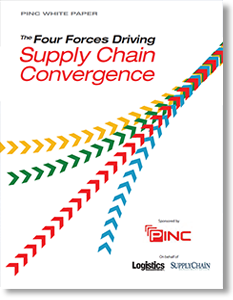What is an Autonomous Robot?
One question that we have been asked a lot lately is “what do you mean by the drone being an autonomous robot?”.
The phrase “autonomous robot” is being thrown around a lot in the business world right now, but because these innovations are so new, people are pretty confused about what these robots are and what they can do.
Without a clear picture of what autonomous robots are, effectively integrating them into the warehousing and distribution environment can quickly turn into a crapshoot.
Put simply, autonomous robots are intelligent machines capable of performing tasks in the world by themselves, and without explicit human control.
They include everything from basic robot vacuum cleaners that you’d use at home to full-blown autonomous drones - and everything in between.
Now, what really differentiates autonomous robots from their “controlled” counterparts are the lack of outside commands and human intervention.
This is a particularly key point in today’s labor environment, where skilled workers are getting harder and harder (and more and more expensive) to come by, and where companies are seeking alternatives that can help them work smarter, better, and faster.
7 Key Differentiators
The day when “robots take over the universe” isn’t coming anytime soon, but the idea of humans and robots working side by side is already coming to fruition in factories and on warehouse floors worldwide.
“Autonomous robots can be used to improve the speed and accuracy of routine operations, particularly in warehousing and manufacturing spaces; work side-by-side with humans for added efficiency; and reduce the risk of employee injury in dangerous environments,” Deloitte points out in its new Using autonomous robots to drive supply chain innovation report.
Some of the other qualities that differentiate autonomous robots from their predecessors include:
- Are programmed to perform tasks with little to no human intervention or interaction.
- Vary significantly in size, functionality, mobility, dexterity, intelligence, and cost.
- Range in scope from robotic process automation to flying vehicles with artificial intelligence.
- Recognize and learn from their surroundings and make decisions independently.
- Are expected to show strong growth over the next five years, particularly within supply chain operations that include lower-value, potentially dangerous, or high-risk tasks.
- Could allow people currently performing manufacturing, final assembly, and warehousing to shift to more strategic, less dangerous, and higher value work.
- Could soon operate with more human-like abilities. For example, improvements in haptic sensors - those relating to the sense of touch - will allow robots to grasp objects ranging from fragile eggshells to multi-surfaced metal assembly parts without changes in programming or robotic components, according to Deloitte.
As autonomous robot hardware and software continues to improve over the next 10 years, Deloitte says robots could provide a competitive advantage for companies.
“Through improvements in sensors, dexterity, artificial intelligence, and trainability, they are becoming faster and more sophisticated, and they now include safety provisions that allow them to work collaboratively with humans.”
PINC is a recognized industry leader in autonomous drones or aerial robots. PINC’s inventory robotics solution allows companies to apply autonomous drone technology, coupled with artificial intelligence, advanced computer vision, RFID, and other sensor capabilities, to significantly improve the operational effectiveness and efficiency of warehouse inventory checks and yards.
“All large companies are looking at how robots - in one form or another - can be applied to their environments,” says Matt Yearling, CEO at PINC. “An Aerial robot/drone is no different. The whole point of the operation is that it shouldn’t add to the workload of the operation; people just want to push the button and let the robot do its thing.”
Download Deloitte’s complete report or find out more information about PINC’s inventory robotics solution.
Related: Can Warehouse Robots Help You Manage Inventory Better?
Related Resources
Using Autonomous Robots to Drive Supply Chain Innovation
This paper details how new technologies are presenting promising opportunities for improvement across the supply chain and how autonomous robots and drones are poised to change the game. Download Now!
Global Autonomous Inventory Robotics New Product Innovation Award
This best practices research paper details the PINC Air inventory robotics solution with its quick deployment model, faster inventory velocity, product ingenuity, and rapid ROI underscoring the decision for PINC to win Frost & Sullivan’s 2017 New Product Innovation Award. Download Now!
The Four Forces Driving Supply Chain Innovation
When supply chain professionals discuss supply chain execution, their focus is typically put on transportation management systems and warehouse management systems, the yard management systems capability and importance is mistakenly undervalued. Download Now!
Article topics
Email Sign Up






















